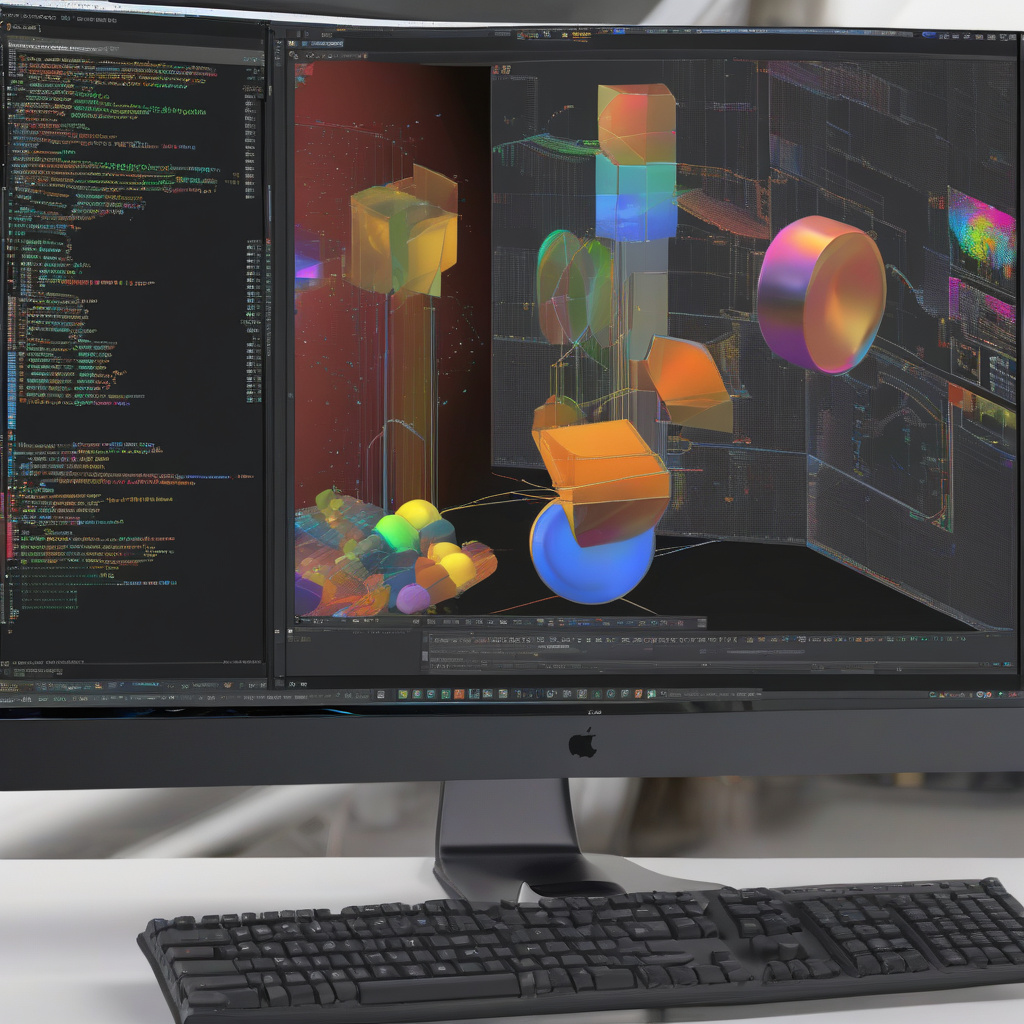Java has been a stalwart in the world of programming, with Java 8 serving as a reliable companion for developers for many years. As someone deeply entrenched in the Java ecosystem, I, like many others, found solace in the stability and robust functionality that Java 8 offered. The introduction of lambda expressions, Streams, and the java.time API in Java 8 marked a significant leap forward in the language’s capabilities, revolutionizing the way we approached coding tasks.
For the longest time, I remained loyal to Java 8, content with its familiar features and widespread adoption. The thought of upgrading to newer versions seemed unnecessary, given that Java 8 more than sufficed for my day-to-day development needs. However, my perspective shifted when I was presented with the opportunity to delve into the realms of Java 17 and, eventually, Java 21. These encounters proved to be eye-opening experiences that reshaped my approach to coding and development practices.
The decision to cling to Java 8 for an extended duration stemmed from its reliability and maturity. Enterprise projects, in particular, found Java 8 to be a dependable companion, meeting their stringent requirements with ease. While subsequent Java versions were introduced, the incentive to transition seemed minimal, as the benefits did not always outweigh the challenges associated with migration. It wasn’t until I immersed myself in a personal project that demanded a more contemporary Java environment that I decided to take the leap and explore newer iterations of the language.
Joining forces with a team that actively embraced Java 17 and beyond provided me with a firsthand look at the evolution of Java. As I delved into real-world projects leveraging Java 21, the transformation became palpable. The landscape had shifted, introducing a plethora of features and enhancements that not only streamlined development but also opened up new possibilities for innovation and efficiency. From enhanced performance optimizations to advanced APIs, Java 21 represented a significant leap forward from the comfortable confines of Java 8.
One of the standout features that captivated me in Java 21 was the introduction of pattern matching for instanceof. This addition streamlined code readability and maintenance, simplifying complex conditional statements and enhancing code clarity. Additionally, the migration to a faster release cadence starting with Java 9 ensured that developers could access the latest features and improvements more rapidly, fostering a culture of continuous innovation and evolution within the Java community.
As I reflect on my journey from Java 8 to Java 21, I am reminded of the importance of embracing change and staying abreast of technological advancements. While the allure of familiarity may be strong, the benefits of upgrading to newer Java versions are undeniable. The transition may require initial effort and adjustment, but the dividends it pays in terms of enhanced productivity, performance, and feature richness make it a worthwhile endeavor for any Java developer looking to elevate their craft.
In conclusion, the evolution of Java from version 8 to Java 21 has been nothing short of transformative for developers worldwide, myself included. The journey from stability to innovation, from familiarity to exploration, has reshaped the way we approach coding and development, unlocking new possibilities and propelling us towards a future of endless potential. As I continue to navigate the ever-changing landscape of Java development, I am excited to see what the future holds and eager to embrace the next wave of advancements that will shape the industry for years to come.

